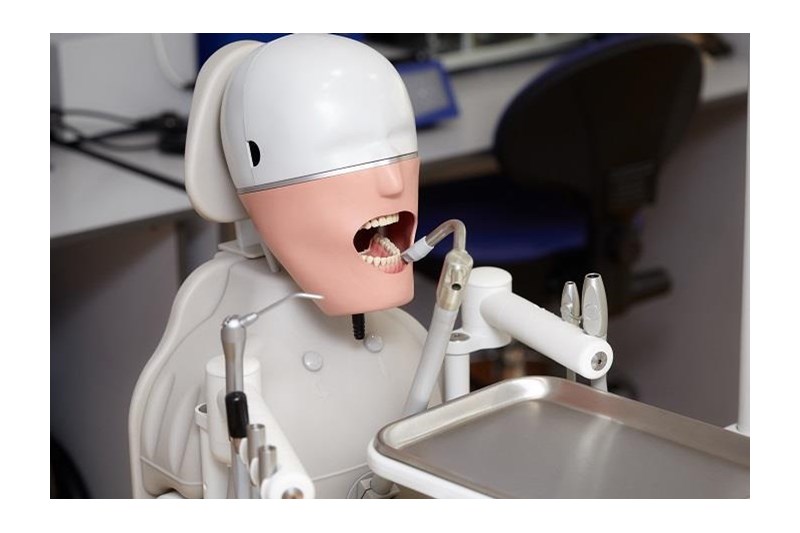A quarter of the dental academics are aged 55 or over
Published: 09/04/2024
Data published by the Dental Schools Council shows the clinical academic workforce is ageing. The council said this poses a risk to the UK’s ability to contribute to research, improve patient care and educate an increasing number of oral healthcare students.
Clinical academics (CAs) are health professionals who undertake teaching and research alongside treating patients in the NHS. A large proportion of clinical skills education is undertaken by these staff who are often responsible for course design, leadership and delivery as well as contributing to NHS dental services.
However, a quarter of dental clinical academics are now over 55, and this is greater at professor grade, with 57 per cent of professors aged over 55. This has almost doubled since 2004 (31 per cent).
As these academics near retirement, if the pipeline of CAs is not maintained, delivering the ambitions of the Long Term Workforce Plan becomes far more challenging. The impact is not limited to education, as a decline in the CA workforce will impact dental research, which provides the evidence base for improved clinical practice.
There are positive trends highlighted by the survey. Dental General Practice has doubled since 2014, and there have been increases in the number of clinical academics in Northern Ireland, South West and the North East. However, during the same period, there has been a decline in Wales, North West and the West Midlands with the latter experiencing a 42 per cent drop since a decade ago.
When comparing gender, the workforce is fairly equal overall however men are still more likely to hold senior grades compared to women, comprising 68 per cent and 57 per cent of clinical academics at the professor and senior clinical teacher grades, respectively.
The data also highlight significant issues in relation to ethnic diversity within the workforce. Ethnic minority academics remain underrepresented especially among Black/ Black British clinical academics (one per cent of the total FTE).
To support the growth of clinical academia, it is important that academics have access to local Clinical Excellence Awards, which are appropriately recognised through the National Clinical Impact Award scheme, which has replaced the previous national scheme. The proportion of dental academics holding an award is decreasing, only five per cent of clinical academics held an award in 2023 compared to 14 per cent in 2014. Greater promotion and understanding of the career are also needed.
In response to this, the Clinical Academic Training and Careers Hub (CATCH) was launched in October 2021 to promote the role of clinical academics and support health professionals beginning their clinical academic journey.
Kirsty Hill, a professor and chair of the Dental Schools Council, said, “NHS dentistry needs reform and expanding the number of undergraduate oral healthcare students is part of that much needed recovery. This growth will require more staff to train those students and clinical academics are essential to delivering that education.
“The data show us that the academic workforce is ageing and as we look to future proof how we deliver dental care, now is the time to invest in clinical academia as part of the government’s plans to recover and reform NHS dentistry. This includes providing adequate support and funding to early career clinical academics so that we have sufficient staff to replace the potential loss of expertise that may soon be retiring. Including clinical academics in discussions on contractual reform is also essential to ensuring academia is viewed as a valuable and rewarding career path.
“It is encouraging that there has been growth in general practice and some regional growth of clinical academics but a decline in other regions at a time when there are growing oral health inequalities is concerning.
“Gender disparities have improved greatly, but clearly more work is needed to support women enter senior academic roles. There are also major ethnic disparities that need to be addressed, an issue not limited to clinical academia, but we need to better understand how to remove barriers that affect dental professionals from an ethnic minority background entering clinical academia.”
Author: N/A









.jpg?width=150&height=100&scale=canvas)



